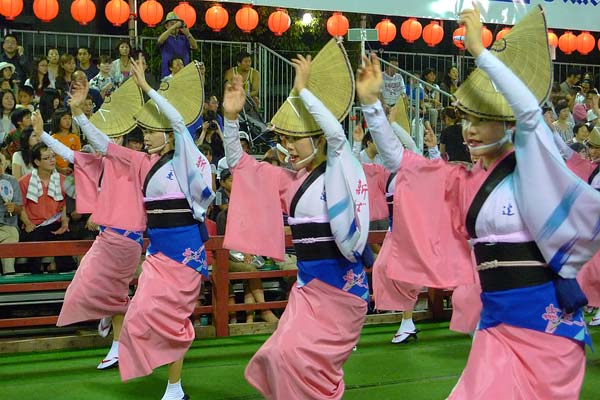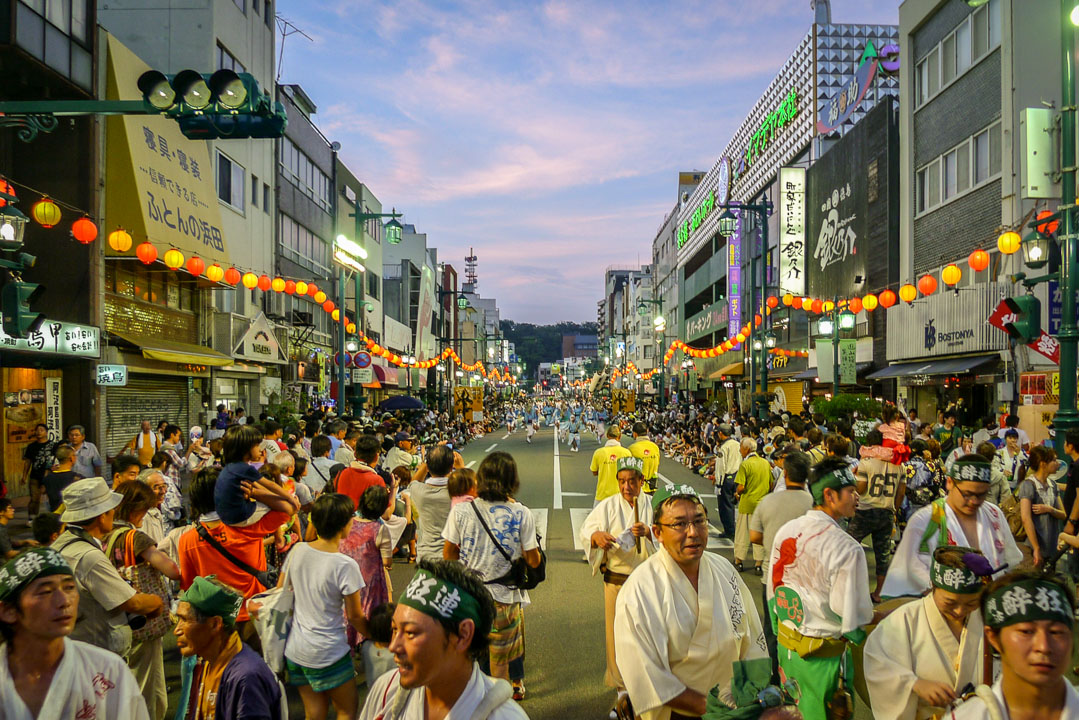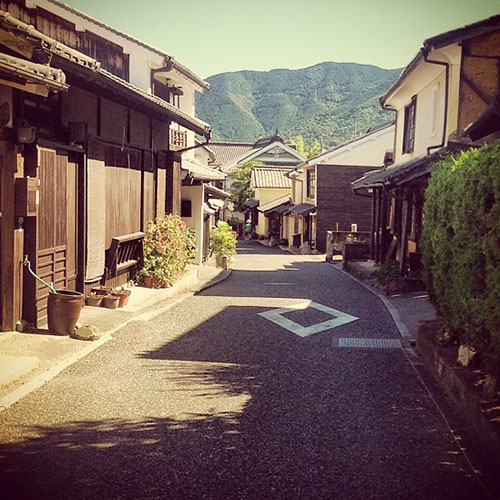Shikoku is the smallest of Japan’s 4 main islands and contains 4 of the country’s 47 prefectures.
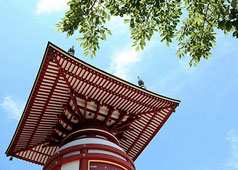
In this article:
In the first of 4 weeks of travel through Shikoku’s 4 prefectures, travel writer and photographer duo Jamie Lafferty and Katy Morrison start their journey in Tokushima Prefecture 「徳島県」. This marks the beginning of the Smiles of Shikoku project, which see the pair “live traveling” (i.e. traveling while posting on Facebook, Twitter and Instagram).
Home of the great Awa Dance Festival (阿波踊り / Awa Odori) which attracts over 1 million visitors every year, Tokushima Prefecture has plenty to offer the traveler, including historic temples, the beginning of the 1200 km long Shikoku Pilgrimage, unique foods, wildlife, nature and more!
Following in the footsteps of the two lucky travellers, let’s see what Tokushima has to offer…
Naruto City 「鳴門市」
Naruto City is in the north-east corner of Tokushima Prefecture, not far from Osaka by bus or car. The area is famous for its whirlpools which can be seen in the strait between Tokushima Prefecture and Hyogo Prefecture to the north.
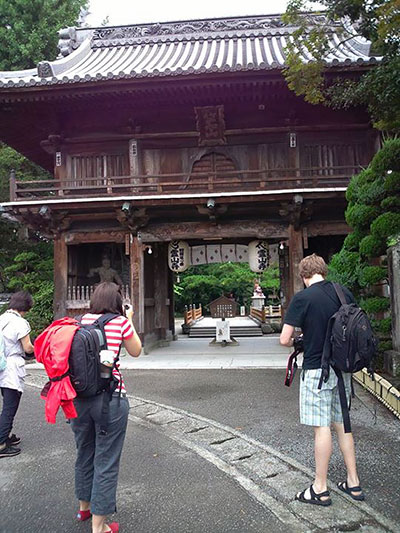
Ryozen-ji (霊山寺) Temple is the first temple on the Shikoku Pilgrimage (四国遍路 Shikoku Henro), a route comprising 1200km and 88 official pilgrimage temples.
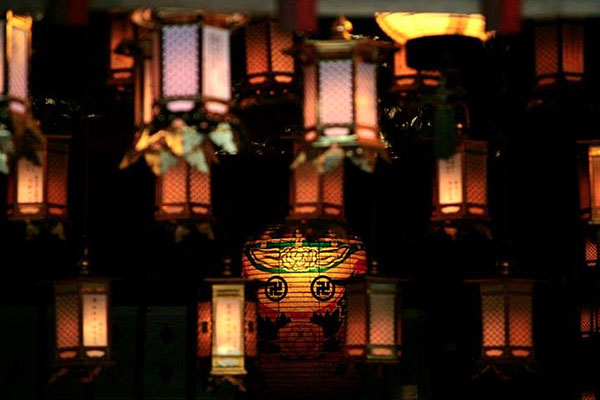
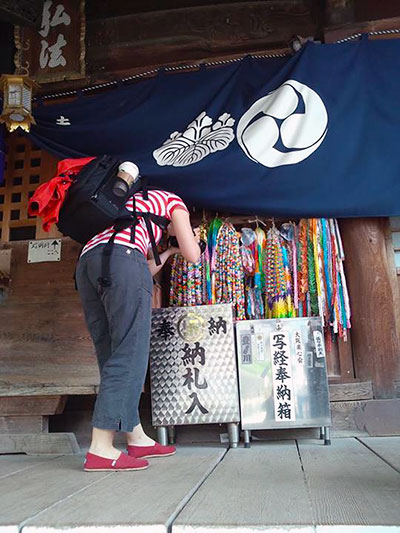
The thousand origami crane chains can be found at many Japanese temples, is a symbol of good fortune. People from all over the world send origami cranes to Japan, especially to Hiroshima’s Peace Memorial Park.
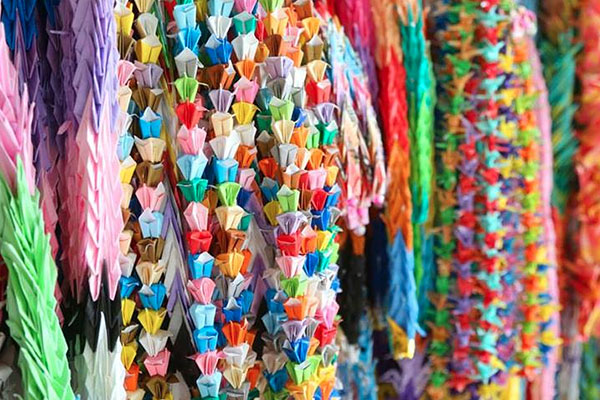
A sacred straw rope surrounds this centuries old tree. Located at Gokuraku-ji (極楽寺) Temple, the second of 88 temples on the Shikoku Pilgrimage, Japanese have a close relation with nature, and the tree is known as “The Cedar of Long Life”. If you touch it while praying, the kami will bless you with long life.
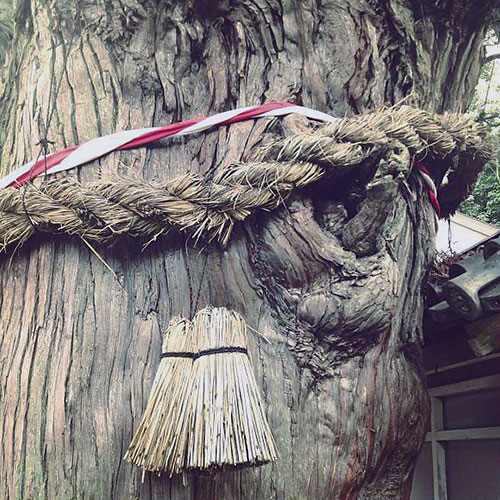
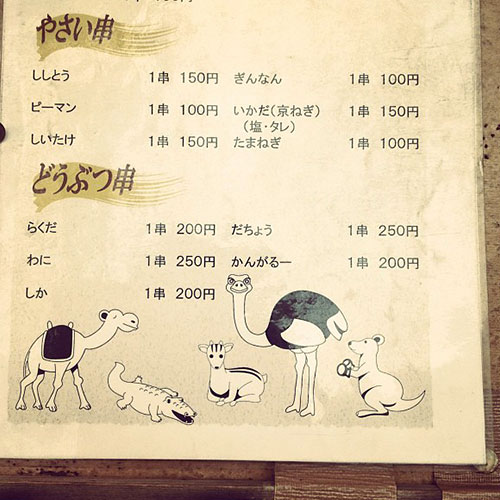
Every place in Japan is famous for some kind of food. Naruto City is famous for its sweet potatoes, known as some of the best in the world.
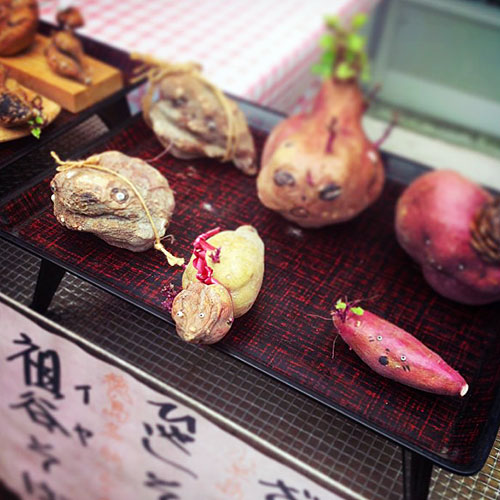
Iya Valley 「祖谷渓」
One of the unofficial top Three Hidden Regions (三大秘境 / sandaihikkyo), the Iya Valley is mountainous and remote. Not even the rain could stop these travellers, as they checked out a very lush area of Japan.
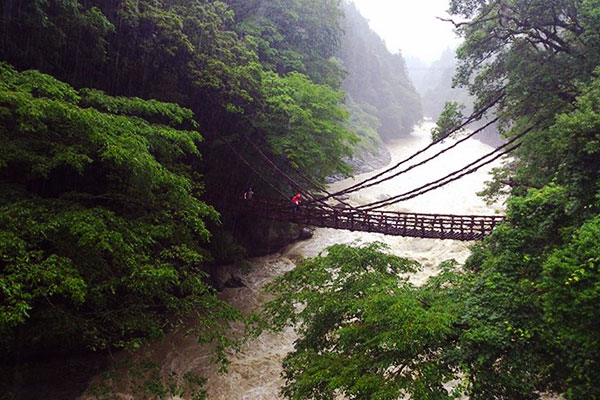
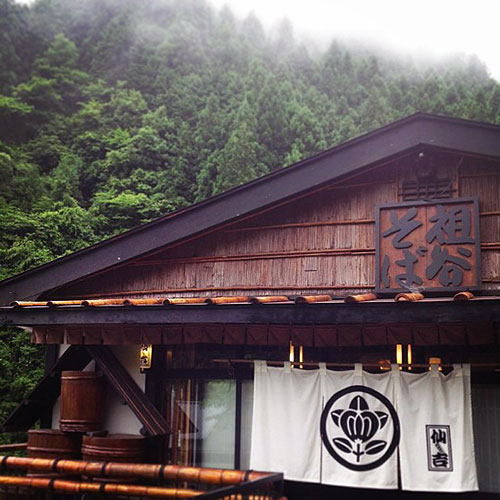
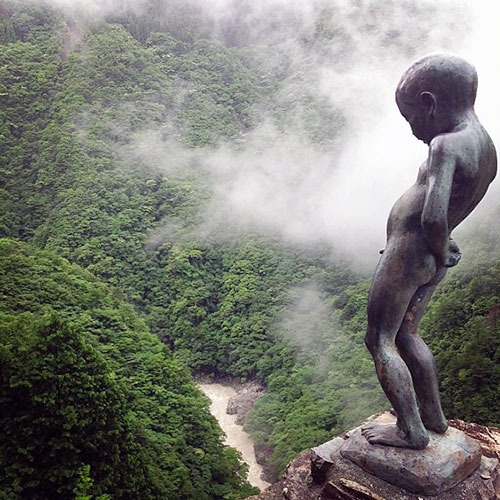
This is definitely a “must-do” when you visit Japan. No, not peeing off a 200m high cliff – staying in traditional Japanese accommodation. Iya Valley has some very nice, very traditional places to stay – if it wasn’t for the powerpoint in the photo below, this picture could be straight out of 16th century Japan.
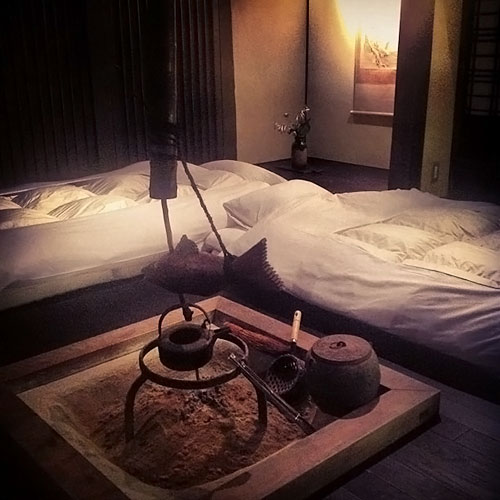
The Iya River winds through the valley and gives tourist an adventurous way to explore the scenery.
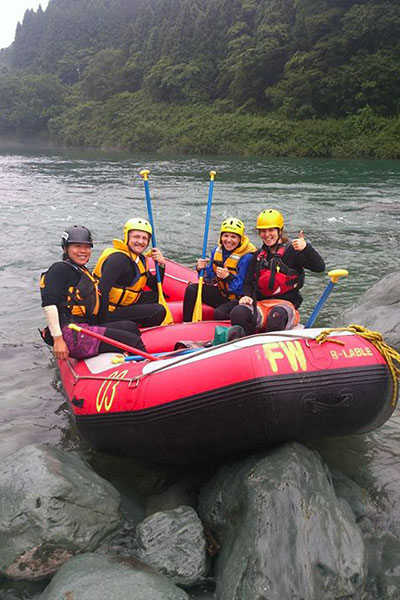
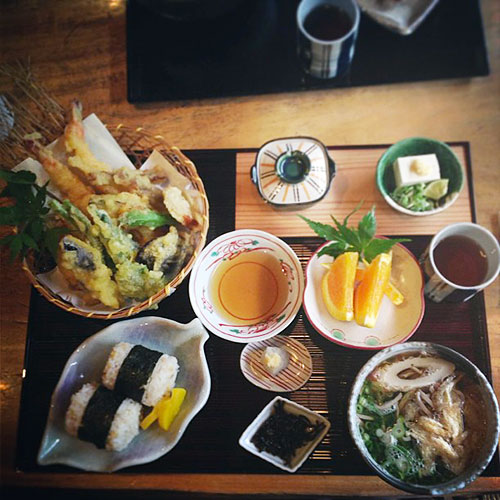
Across Japan, Tokushima is most well known for the Awa Odori (The Awa Dance Festival). Over 1 million people come to Tokushima for the 4 day dancing festival. Large groups from different areas perform the dance in the streets. The most iconic dancers are definitely the ladies you see in the photo below – who are doing a demonstration dance.
Read/watch more: see a HD video and photos from my visit to Awa Odori.
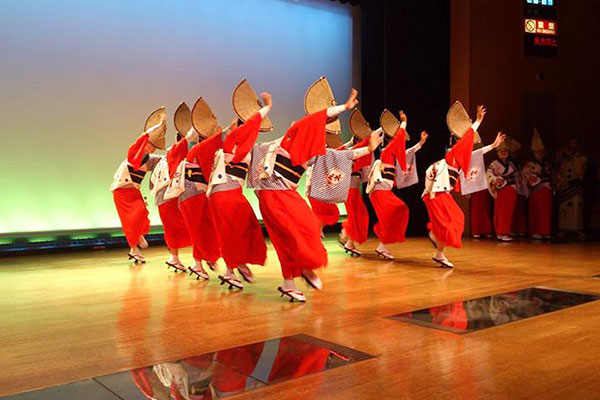
Minami 「美波町」
Yakuou-ji (薬王寺) Temple in Minami is the 23rd temple on the Shikoku Pilgrimage. The temple has a long history dating back to the 8th century.
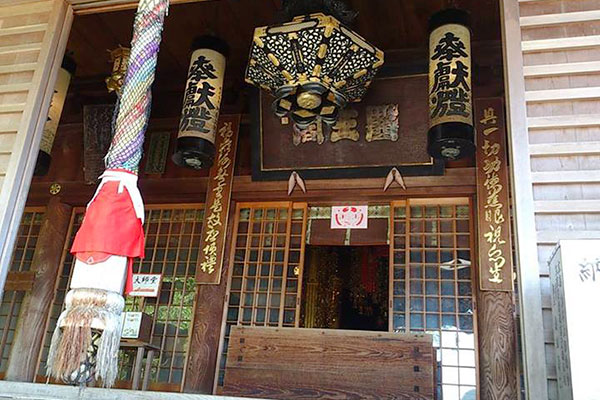
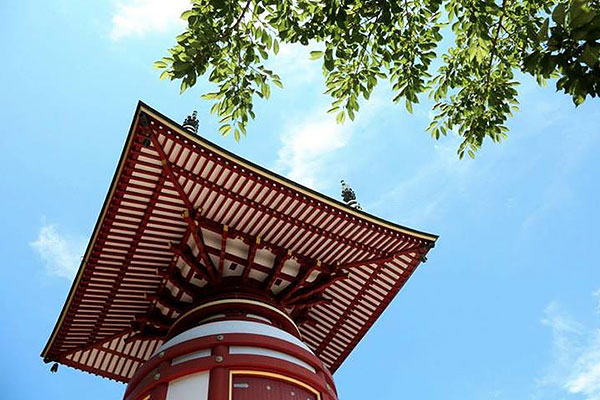
The traveller finished up their visit at Minami, with a trip to Minami’s sea turtle museum. Minami is about 50km from Tokushima City, nestled between the mountains and the sea.
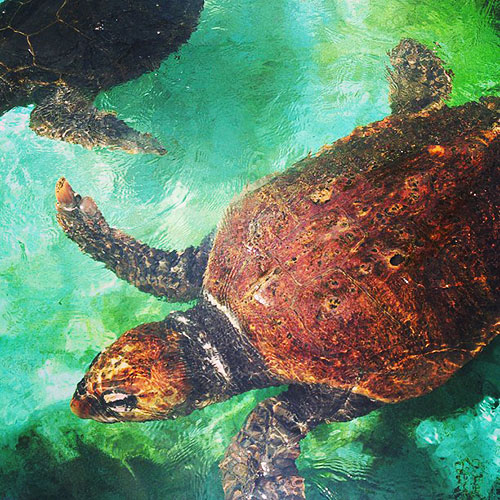
Jamie and Katy finish up their trip to Tokushima Prefecture, and get ready for week 2 of their 4 week trip through Shikoku…
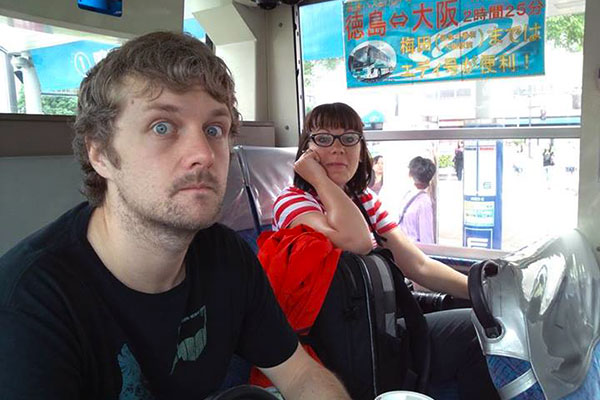
Follow the 4 week live travel journey
Jamie and Katy are posting daily updates across the social web. Follow them as they travel Shikoku’s – week 2 sees them travel in Kochi Prefecture!
- Facebook: http://facebook.com/smilesofshikoku
- Twitter: http://twitter.com/SmilesOfShikoku
- Instagram: http://instagram.com/SmilesOfShikoku
How to get to Tokushima
The easiest way to get to Tokushima City in Tokushima Prefecture is by train or bus.
Train:
- Using your Japan Rail Pass, from Okayama Station go to Takamatsu Station (Kagawa Prefecture, Shikoku) and change trains for Tokushima Station.
- There are 2 daily trains which go direct from Okayama Station to Tokushima Station.
Bus:
- JR buses run from Kobe, Osaka and Kyoto – meaning you can use your JR Pass on these JR bus services.
When to visit Tokushima
- August 12 – 15: The Awa Odori Dancing Festival in Tokushima City. If you’d like to attend the festival, make sure to book in advanced as all hotels in the city sell out every year.
- Late March/early April: Mount Bizan (眉山) is a spectacular place in spring, with hundreds of cherry blossom trees on the mountain overlooking Tokushima City.
All images are property of The Real Japan and have been published with their permission.


